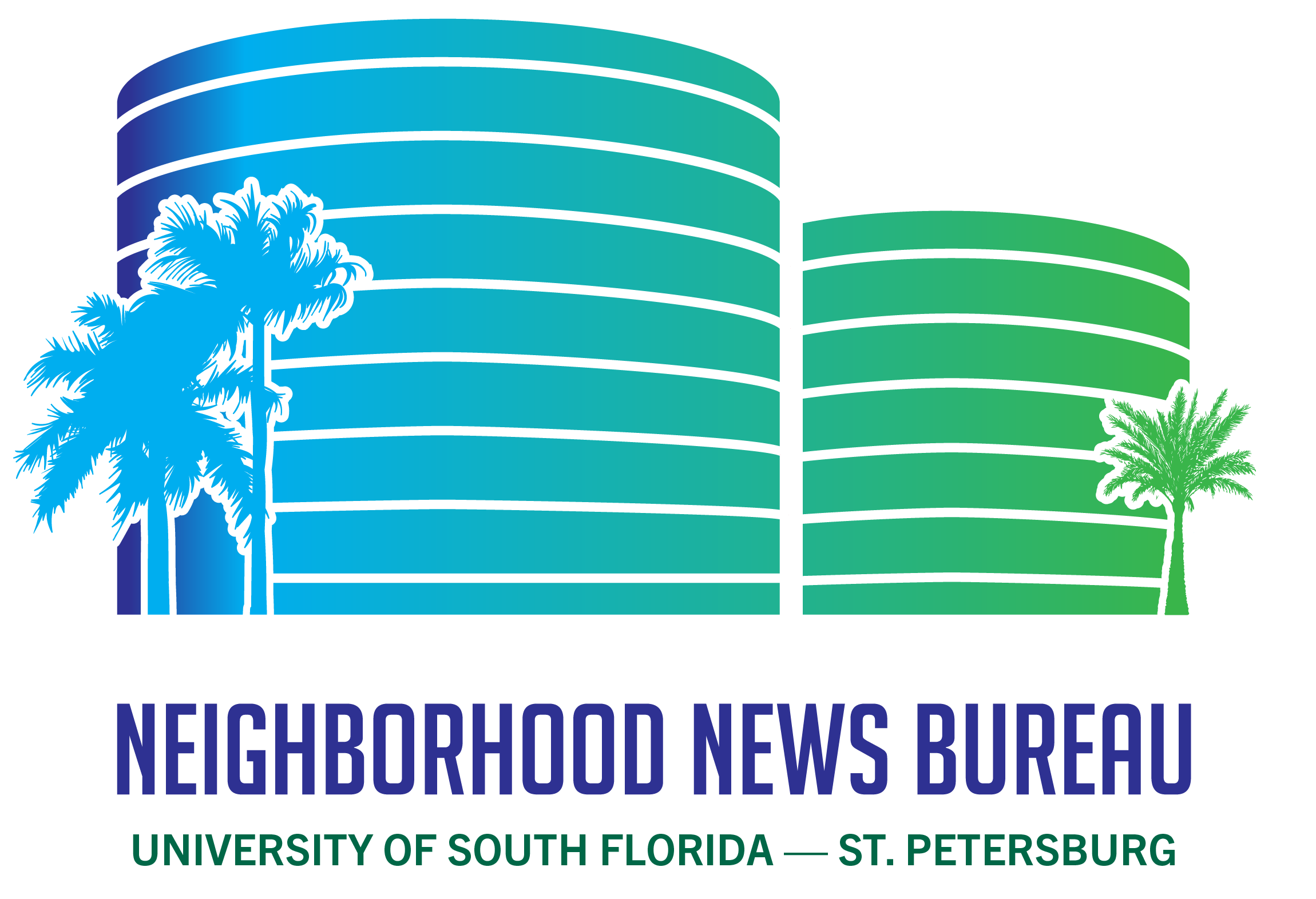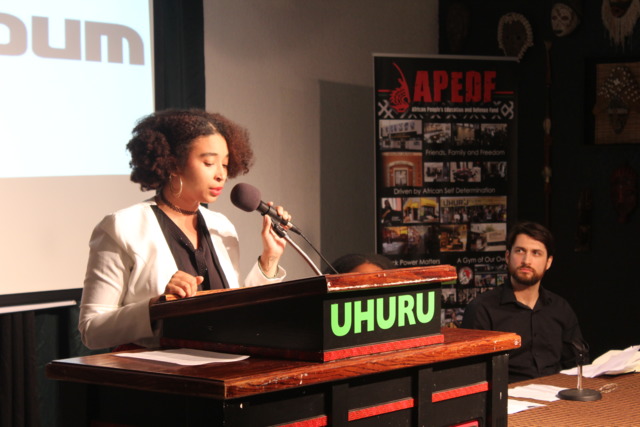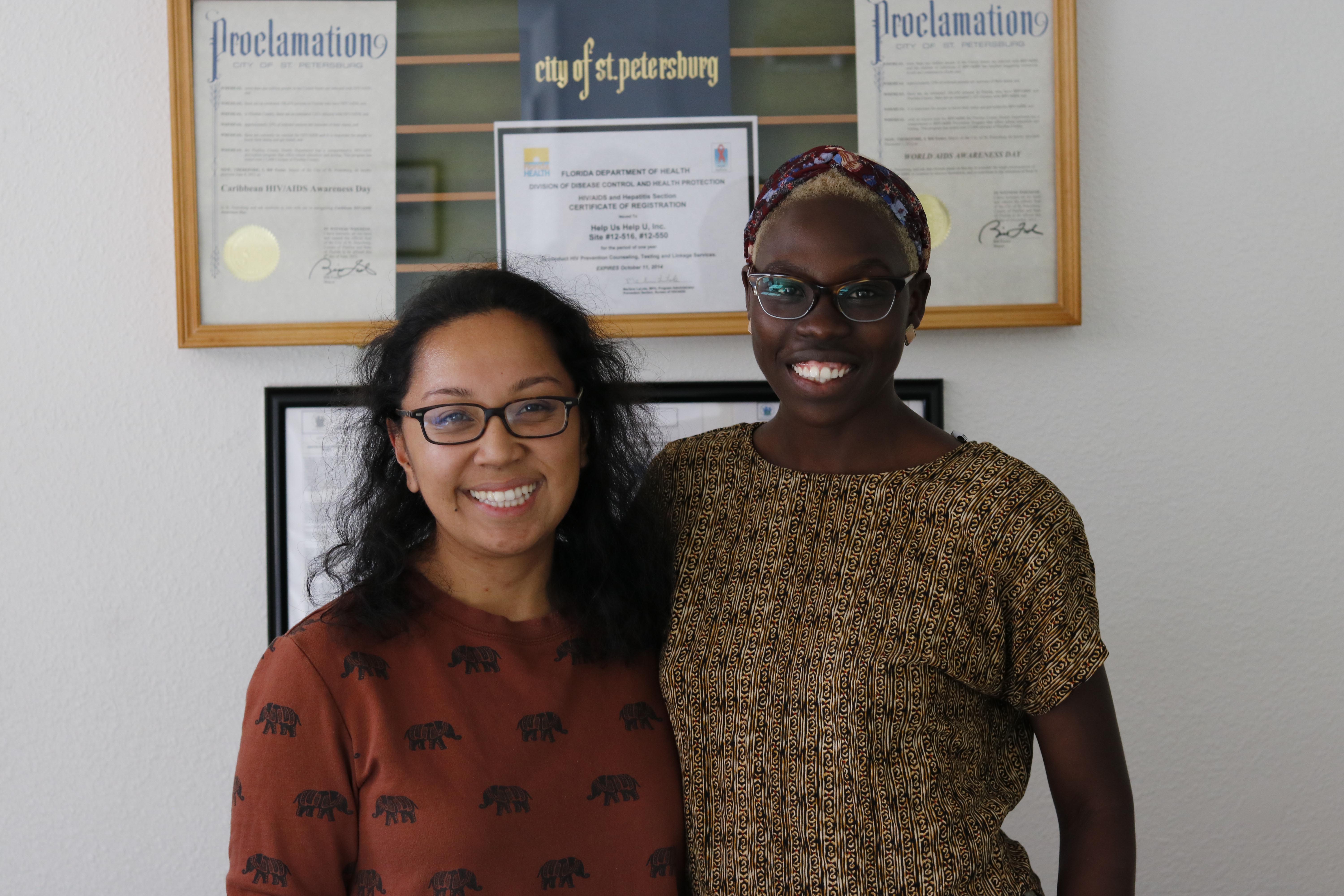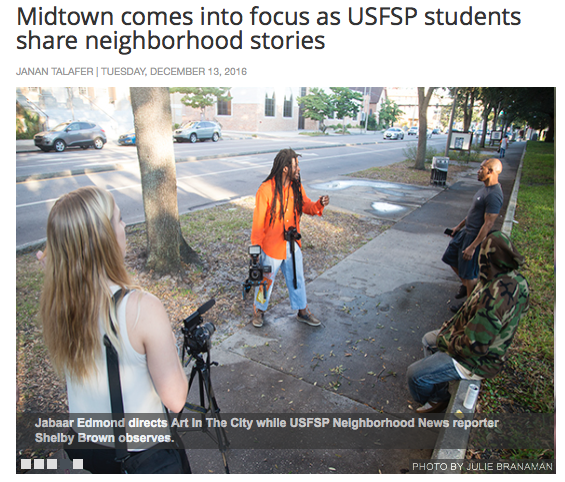Tag: midtown
Lead results in Midtown homes raise health concerns
By Andrea Perez andrea67@mail.usf.edu The Environmental Protection Agency says that lead levels below the action level don’t require public action, but 45 homes in the
Read MoreCooking with Chef Collins: BBQ Cooking Class
By: Alyssa Fedorovich At the St. Pete Culinary Center, Chef Patrick “PT” Collins was the guest chef at their BBQ cooking class. Chef Collins is an
Read MoreCampaign revolutionaries: Two radical candidates hope to shake up St. Pete politics
By Indhira Suero Acosta Eritha “Akile” Cainion, running for City Council 6, and Jesse Nevel, for Mayor, addressed the Tropicana Field’s future and housing issues
Read MoreAcademy Prep Sixth Grade Students on Water Conservation & Lead
Academy Prep St. Petersburg (APSP) sixth grade students tested the water in Midtown St. Petersburg to check for the presence of lead in the water.
Read MoreHaving the ‘Talk’: Help Us Help U provides sex education to young adults in poor communities
Listen to the audio file here: http:// By Devin Rodriguez Pinellas County is ranked number one in Acute Hepatitis C in Florida. It’s ranked number
Read MoreNNB in the media: Midtown comes into focus as USFSP students share neighborhood stories
NNB was featured on 83 Degrees Media in a story by Janan Talafer and photos by Julie Branaman. Please read the full story here.
Read MoreVoting tomorrow? See how candidates address Midtown’s concerns
[vc_row][vc_column][/vc_column][/vc_row] BY MOLLY CURLS Neighborhood News Bureau ST. PETERSBURG — As the unprecedented presidential election takes the nation by storm, coverage of local politics is
Read MoreA Community on the Verge of Extinction
Filmed by USFSP student, Tracy Darity, this video shows her concerns regarding “concerning gentrification, the Warehouse Arts District,” and the lack of entertainment options in
Read MoreWhen baseball stars came to town, they stayed with him
BY DAVID STONER, Neighborhood News Bureau Most people know that Roberto Clemente, Willie Stargel, and Frank Robinson are three of the greatest baseball players of
Read More






